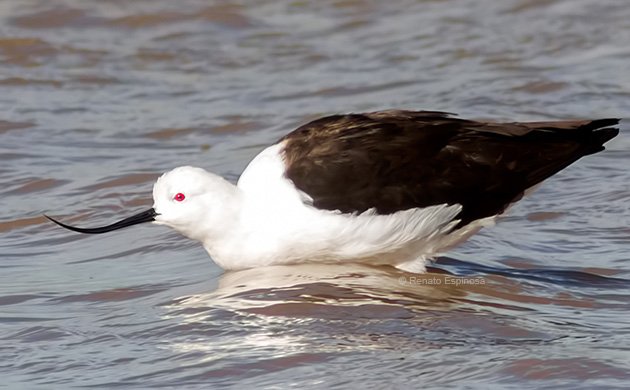
Continued from: Potrero de Yala – Yungas forest and birds
As we headed north of the Yala Biosphere the lush forest quickly disappeared and the dry valleys returned as we started climbing through the countryside toward Abra Pampa. On the way up we had chosen a couple of good birding areas to stop but as always our limited time did not allow for proper exploration. The renown Quebrada of Humauca is a long valley formed by the Rio Grande and has been named a World Heritage site by UNESCO because the Tilcara and Maimara cultures that lived in this valley for more than 10,000 years. There are a lot of historical sites but we limited ourselves to the roadside sites. Our first stop was to look at Maimara a very picturesque county settlement at the foothills of colorful the mountains (Painter Pallete) with an notorious cemetery.
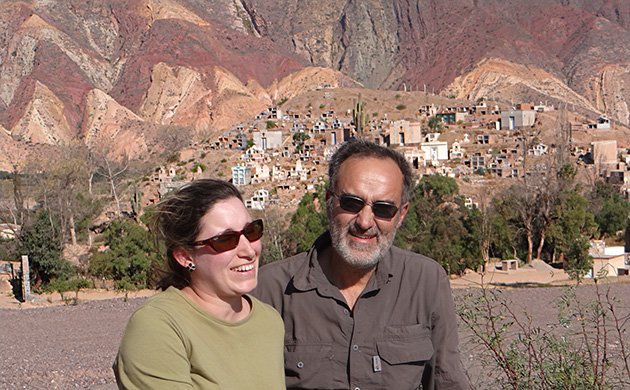
Maimara Cementry and Painters Pallete
Next we stopped at town of Humahuaca and drove around its tiny streets filled with typical adobe homes. We searched a bit on the east side of town sand found some birds at the edge of town. Balck-chinned Siskin, Greater Yellow Finch, Patagonian Mockingbird, Picuy Ground-Dove, Plain-colored Seedeater, and Saffron Yellow-Finch.
We probably should have planned a night here or at Maimara so we could explore a bit more this picturesque valley and maybe do a trip to the Saltflats to the east. We continued to the slow climb to AbraPampa and finally reached El Huancar lake just before the town of Abra Pammpa. The wind was strong and the cold air kept us from exploring too far but we managed some great views of Puna Teal, Crested Duck, Giant Coot, and Lake Duck.
We continued north past the town of Abra Pampa and stopped at the GPS coordinates for the Rontuyoc. There was wire fence door and we took it down so we could drive into a grass field where the tires have made the double track that lead to lake. At the distance we could see a large body of water so we drove in our small car while the grass burned below our seats when it contacted the muffler. We reached another wire fence and we could not drive any further, we could now see flamingos and ducks at the lake. We approached the lake by foot past some large cows and bulls that kept an eye on us. We were a bit nervous but the animals did not approach us so we continued to a place where we setup scope and took some pictures. There were two beautiful white and black birds that waded the water. Finally we were looking for the first time at the Andean Avocets!
There were also Chilean Flamingos and Puna Flamingos feeding a bit further but it was close enough to appreciated them for the first time.
Runtuyoc is a large body but there is very little public access, and this is the only place we could find to get close to the lake. many other water birds were present which included Puna Teal, Crested Duck, Giant Coot, Lake Duck, and Puna Ibis. That is all we could see from our perch so we drove to explore the road toward lake Pozuelos to which we would drive at dawn. This was a good idea and picked up a couple more interesting birds: Andean Goose and Andean Flamingo.
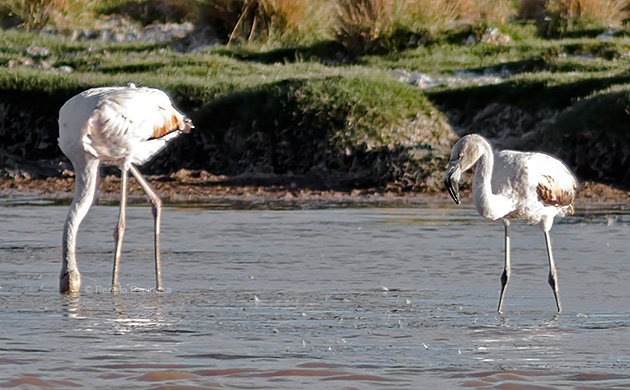 Juvenile Andean Flamingos (I think!)
Juvenile Andean Flamingos (I think!)
After another exiting day we were getting a headache form the high altitude and cold weather. We stopped at a local store and got some supplies for the next day and some coca leaves.
To be continued… Laguna Pozuelos

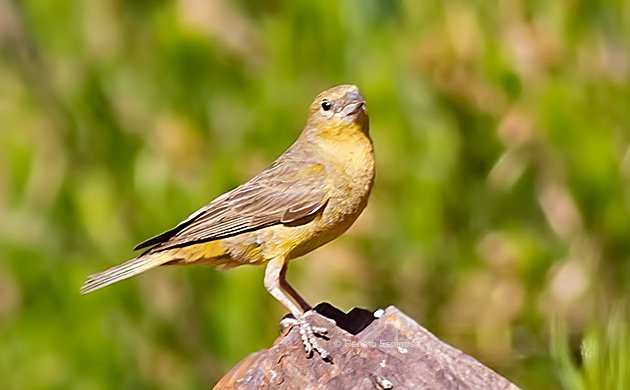
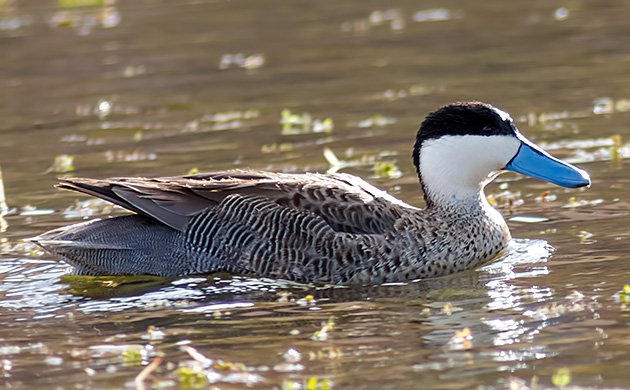
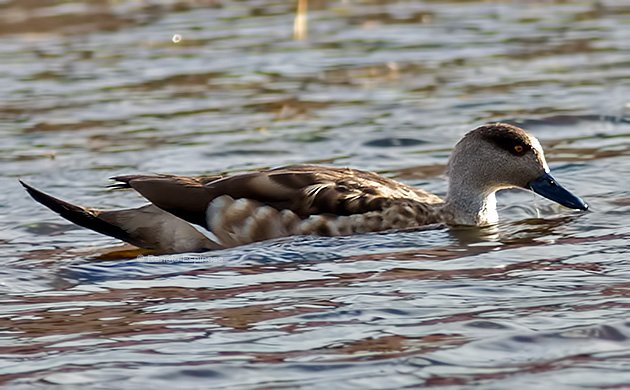
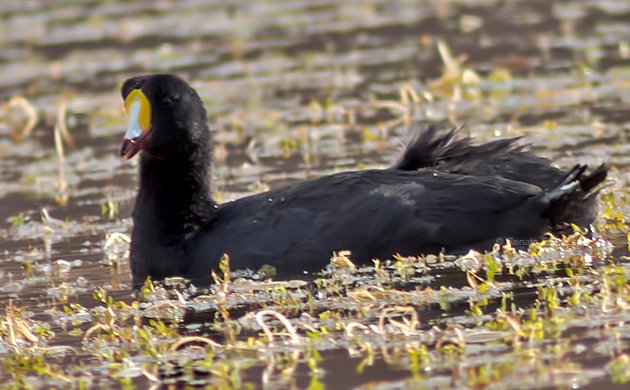
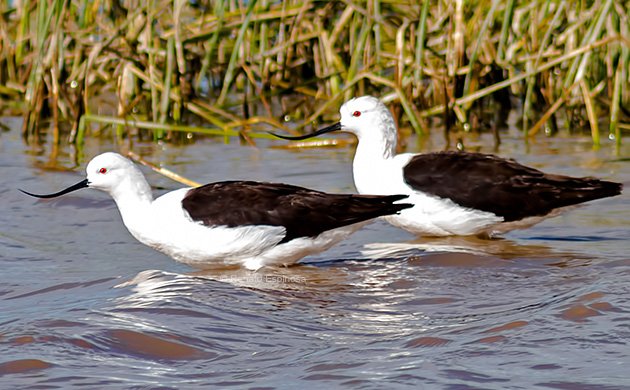

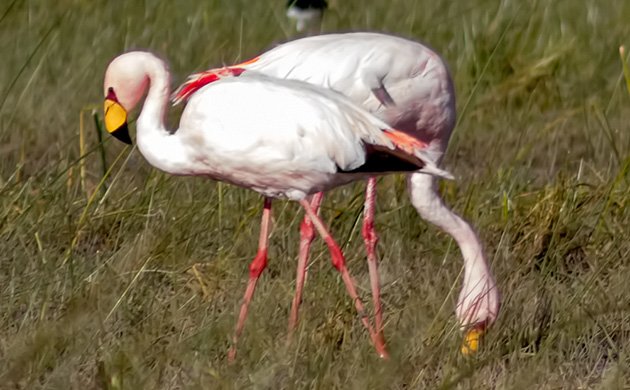










Leave a Comment